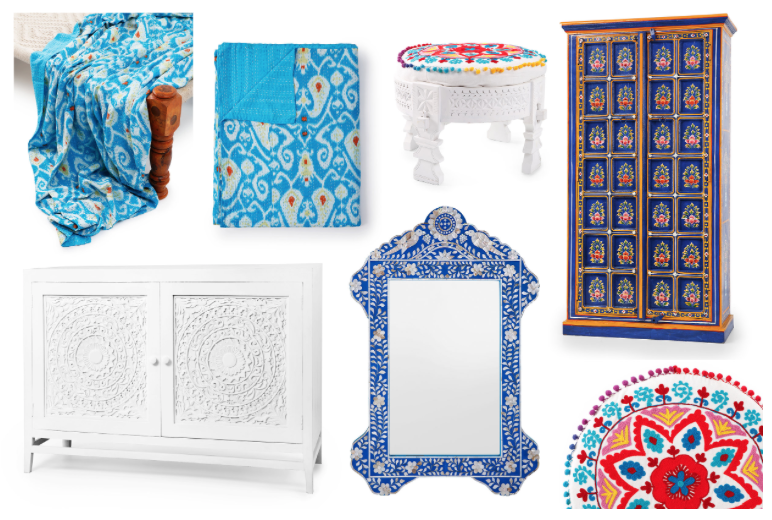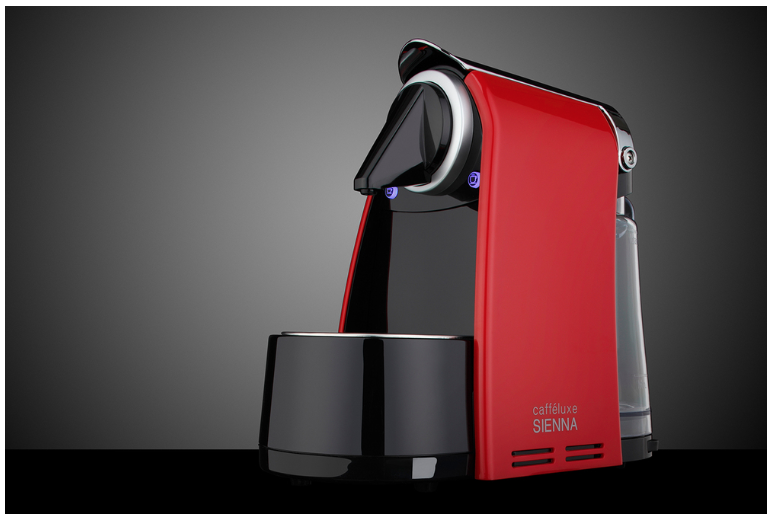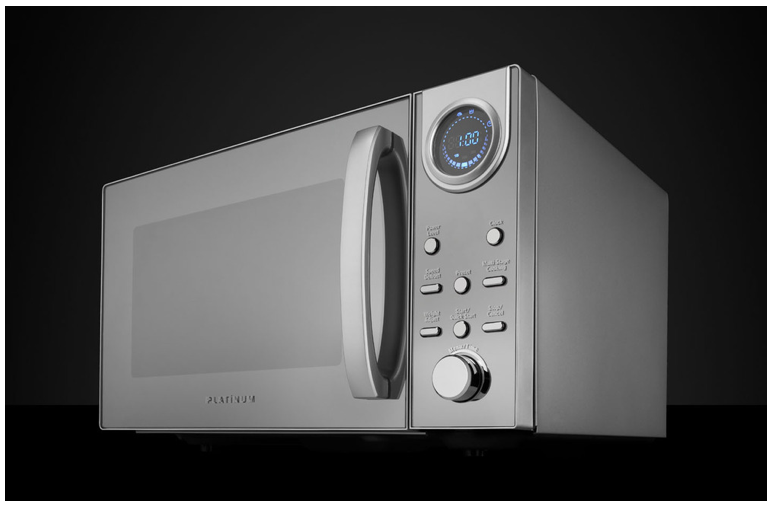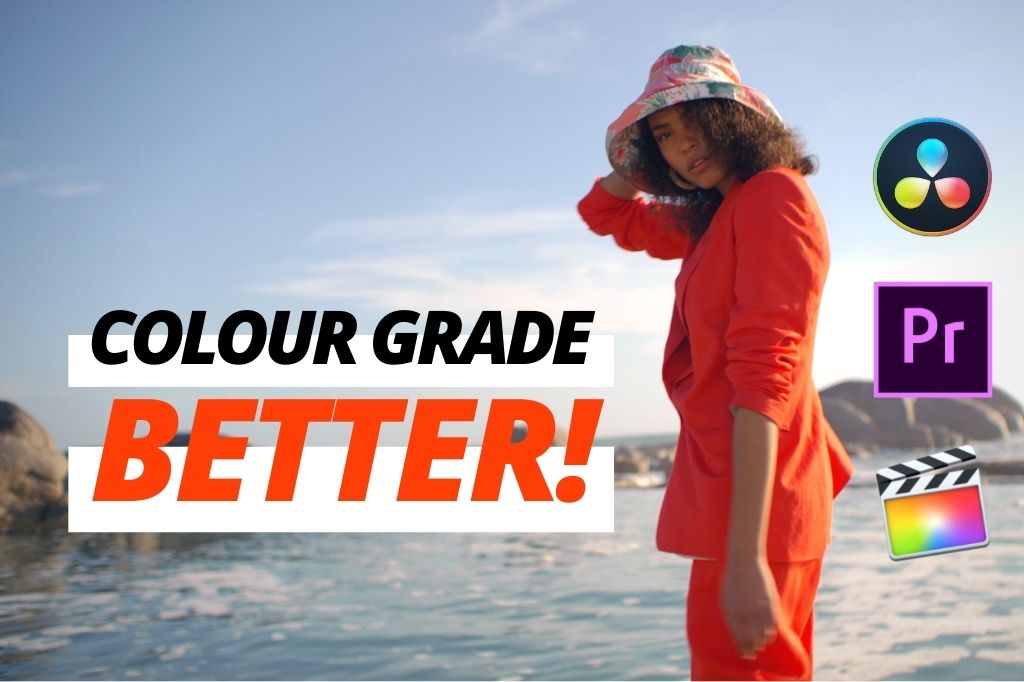In this weeks study session we are giving you the challenge of creating an interesting lifestyle photograph of any product produced by a small local business. Our hopes are that not only will you benefit from this focus and learn a new skill set or polish an existing one that maybe hasn’t had some love in a while, but to also provide a spotlight for a small local business that is suffering during these unprecedented times we are experiencing.
We were lucky enough to digitally sit down with professional photographer specialising in portraiture, furniture and product photographer Ian Vermeulen. With his years of experience in the industry, Ian knows his stuff and was kind enough to share guidance and tips as to how you should approach this study sessions’ focus on product photography.
Orms: What is your approach when you first begin shooting a product?
Ian Vermeulen: I would say the approach is determined by the needs of the client and the photographic brief.
This can vary quite a bit depending on the type of product and it’s application, whether it be e-commerce or print.

Image taken by Ian Vermeulen
It could be anything from a furniture piece for an e-commerce site or a kitchen appliance photographed for the product’s packaging.

Image taken by Ian Vermeulen
In the realm of commercial photography, a client will typically provide a brief that outlines the look and feel of the shot, sometimes with reference images that will help to communicate the mood.
A brief will also include things like the image requirements, resolution, file format and colour profile, all of which will factor into the way I formulate my approach and plan the shoot.
A layout might also be provided to place the image in as we shoot, testing how it works in the final format (referred to as ‘the artwork’) and making adjustments to get the perfect angle that works best in context of the layout.
In most cases, there will be an art director or product buyer on the shoot to provide feedback on things like the angle of the product (based on how it works in the layout), lighting, and to approve all the steps during the shooting process.
Having clarity on what the client needs from the shoot, before the actual shoot day, is essential to be prepared and to set yourself up for success.
I follow a very systematic approach when shooting products, crafting lighting to show the product characteristics and sometimes shooting separate images to build a final shot in post-production.
A good example of this approach would be something like this microwave.

Image taken by Ian Vermeulen
There is a very wide scope of product photography and different approaches for each kind of scenario, I’ve just outlined a typical scenario for me.
As a side note, I would also like to say that it is possible to do product shoots with inexpensive gear, DIY light shapers and even an inexpensive camera. The most important thing is, to approach your work with care and attention to detail.
Is there a standard practice that you follow regardless of what you’re shooting?
Getting the basics spot-on perfect can not be undervalued and is a standard practice guideline that is the common thread through all my shoots.
The basics being: accurate colour reproduction, accurate exposure, crafted lighting and also looking at little things that might not seem that important, like making sure a product is 100% clean before shooting it. The little things matter…
How does this differ from say a food item to a wearable piece?
On the product shoots the planning and execution of the shoots are largely my responsibility but with a food or fashion shoot, the shoot relies on a stylist as well as the photographer.
Working as a creative team has a fun shoot dynamic. Very different to the more rigid, product-driven shoots.
Are there any items you can’t shoot without?
For me, it is not so much any item of gear that’s the most important.
I would say light and the quality of it is the most important thing to me. I know that sounds like an obvious basic requirement. A better way to put it is, having an understanding and awareness of light, that is the cornerstone to creating great shots.
I think that an understanding of the quality of light is comparable to learning a language and as you develop that critical eye, you will also learn how to manipulate light to get predictable, impactful results.
Are there any tips or tricks you could share with our community when it comes to highlighting products?
For photographers who are starting out shooting products, my advice would be to look at examples that inspire you. You might feel that the level of work you would like to create is not within reach yet, but being inspired is the best starting point in getting the motivation to learn.
There are a host of free online tutorials that make information accessible and learning easy. More importantly, though is having that passion and drive. This lays the foundation for growing as a photographer.
For more inspiration be sure to take a look at Ian’s website here, and give him a follow on Instagram to keep up with the work that he’s focusing on.








